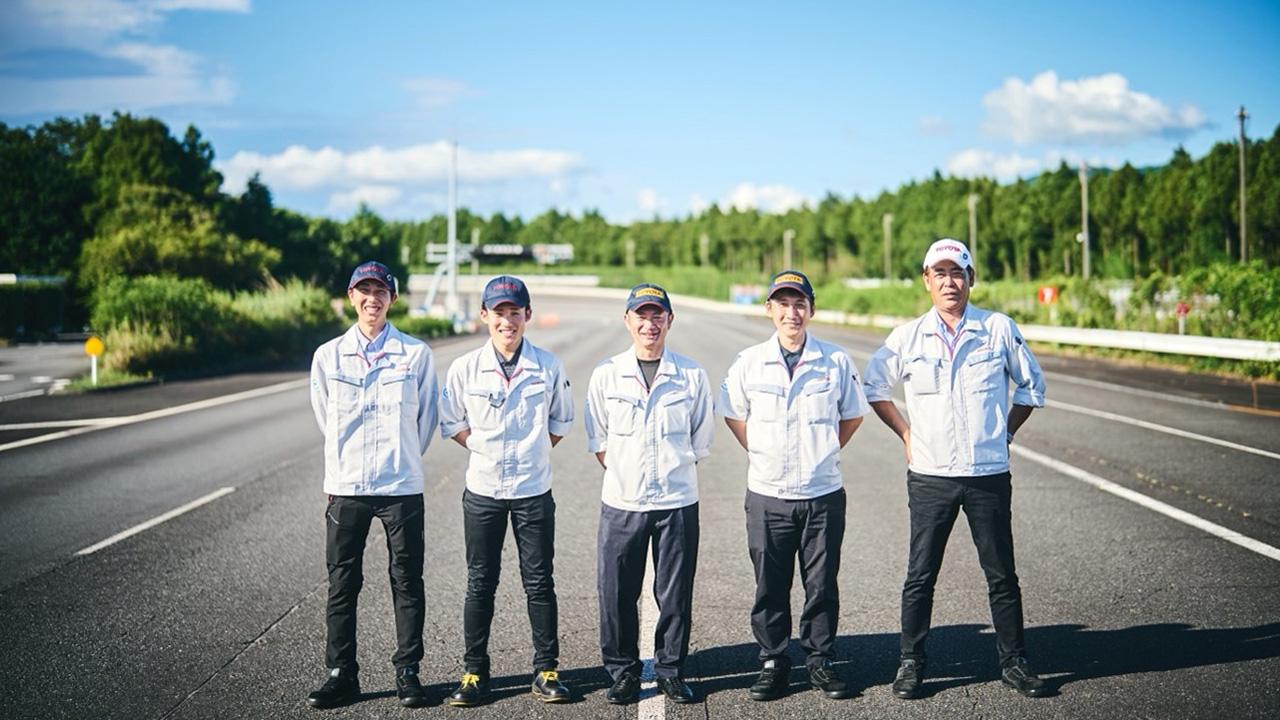
We're back with the second installment of our experiment comparing the perception skills of young and veteran test drivers. The question at hand: Is there a difference in how accurately they can replicate a car's movements?
Can the young driver make a comeback against the veteran?
Finally, we report on the “stopping” aspect, specifically the braking test. The test involved braking from 80 km/h to 0 km/h, maintaining a deceleration of 0.5G throughout.
Hideyuki Tanaka CX from the Advanced Technical Skills Institute Division‘s FD Team Group assisted as a brake specialist.
He is a veteran who has been in charge of evaluating the overall vehicle with a focus on brakes since his transfer in 2009 to the department that preceded the Advanced Technical Skills Institute.
Tanaka
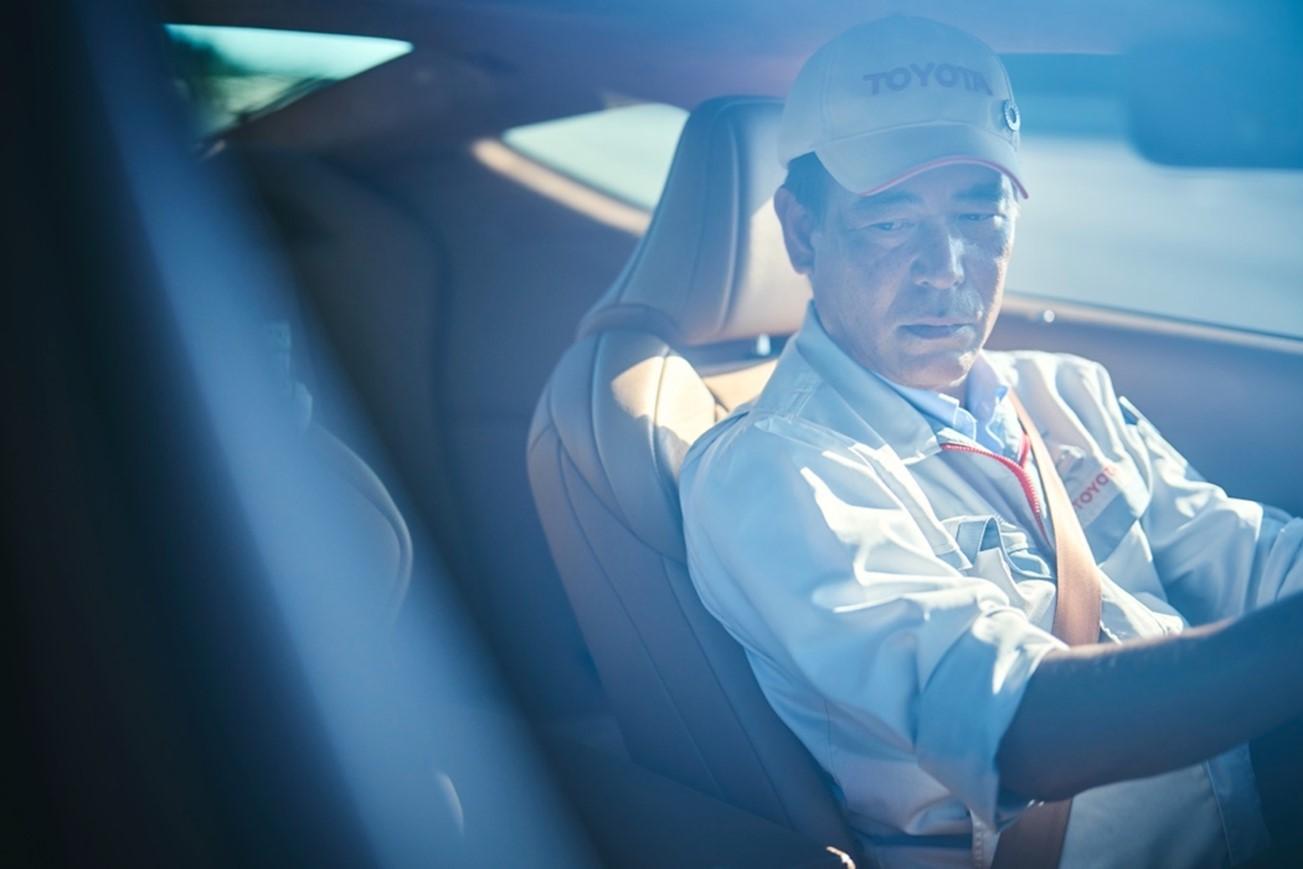
As a vehicle slows down, the forward physical forces diminish, so to maintain a constant deceleration, it’s necessary to gradually ease off the braking force.
This test requires a keen sense of deceleration and precise, delicate brake control to keep it constant.
On the other hand, the young contender challenging Tanaka is Yuto Sagara, who previously participated in the “powertrain drivability” test in the earlier installment.
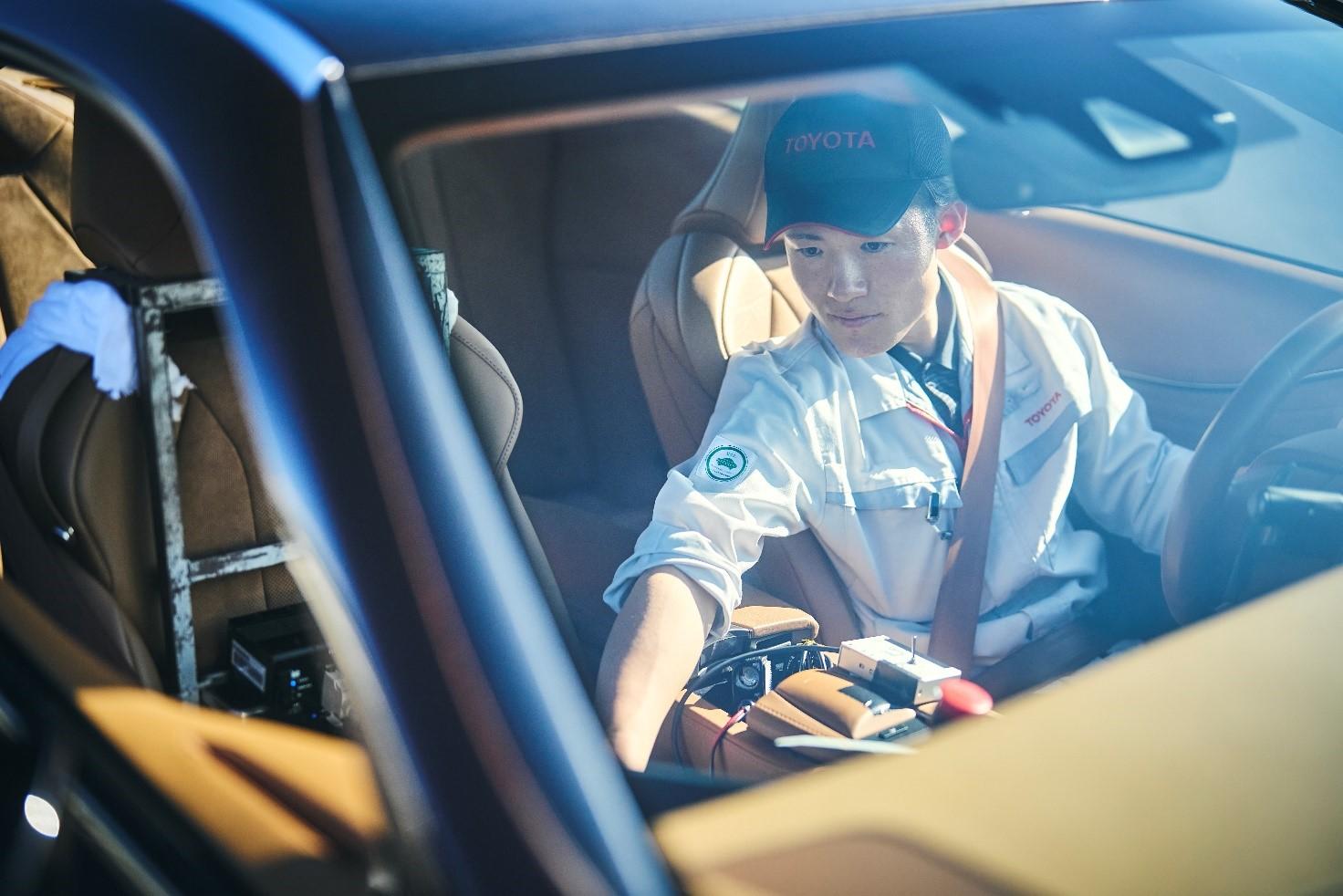
The graph below records data from the deceleration test conducted by veteran Tanaka and young Sagara. The purple line shows the vehicle speed (km/h), the light blue line indicates longitudinal G (acceleration m/s²), the green line represents brake pedal stroke (mm), and the yellow line displays the average hydraulic pressure on the brakes (MPa).
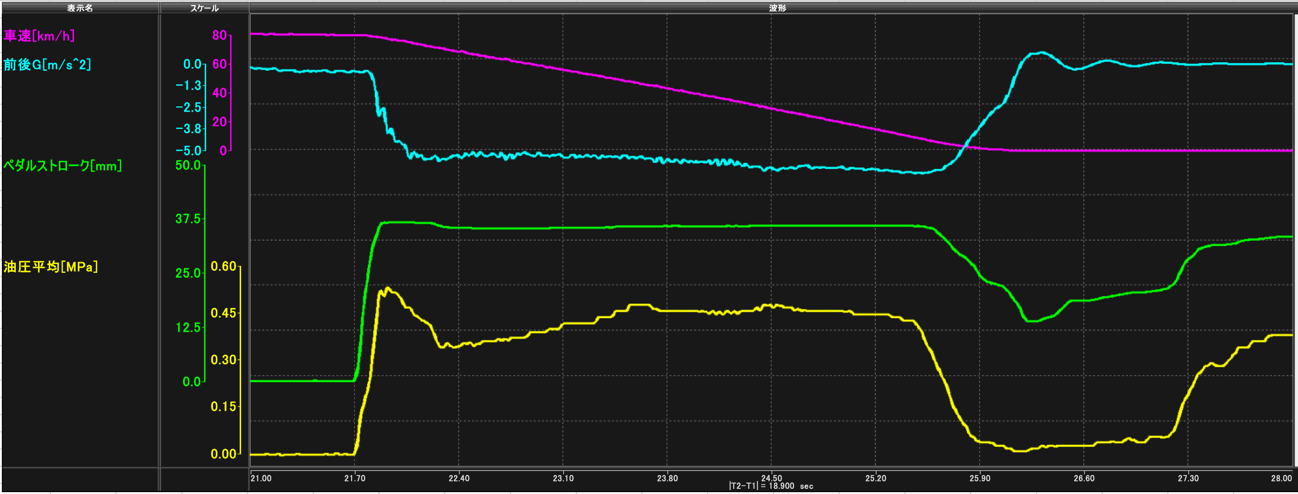
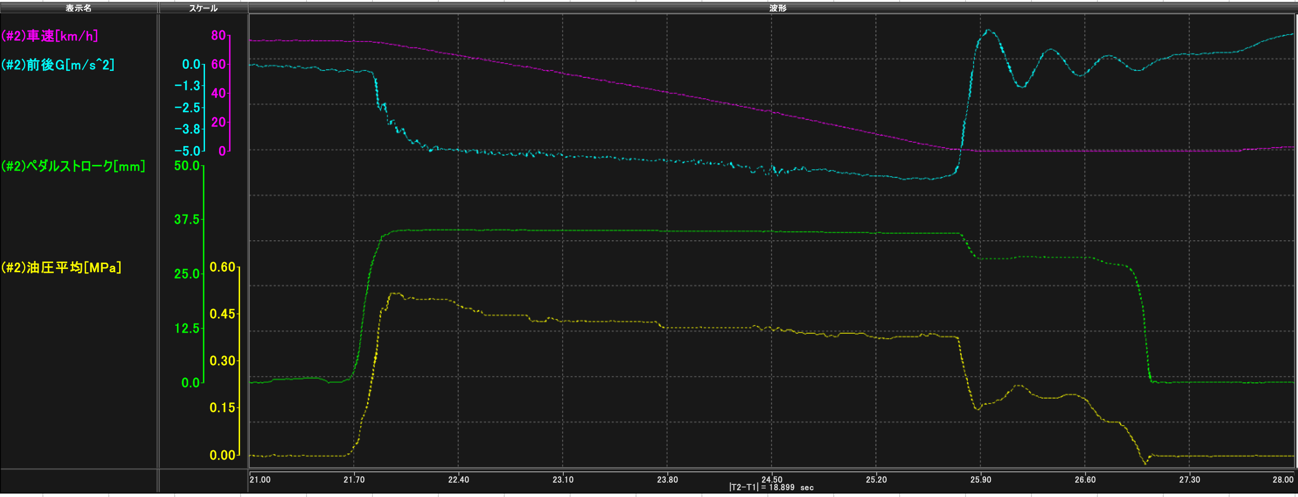
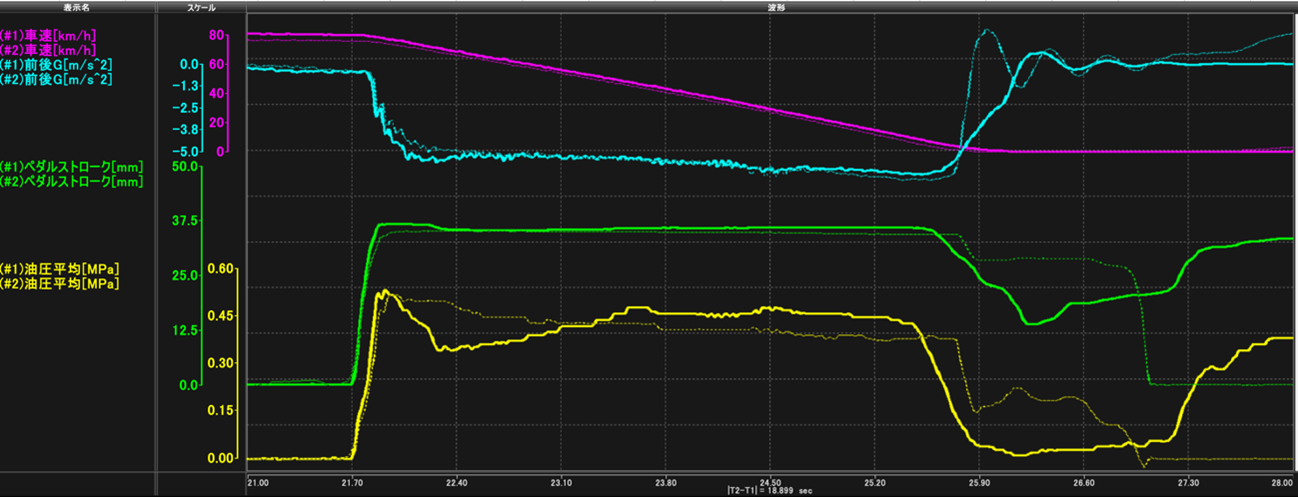
As veteran Tanaka explains, maintaining constant deceleration requires delicate brake pedal operation, and the difference between Tanaka and Sagara’s approaches is evident in the data.
Tanaka compensates for the vehicle’s delay by quickly applying the brakes and easing off to maintain a steady deceleration.
On the other hand, Sagara’s data indicates that although he also focuses on achieving constant deceleration, it takes him longer to reach and maintain this steady state.
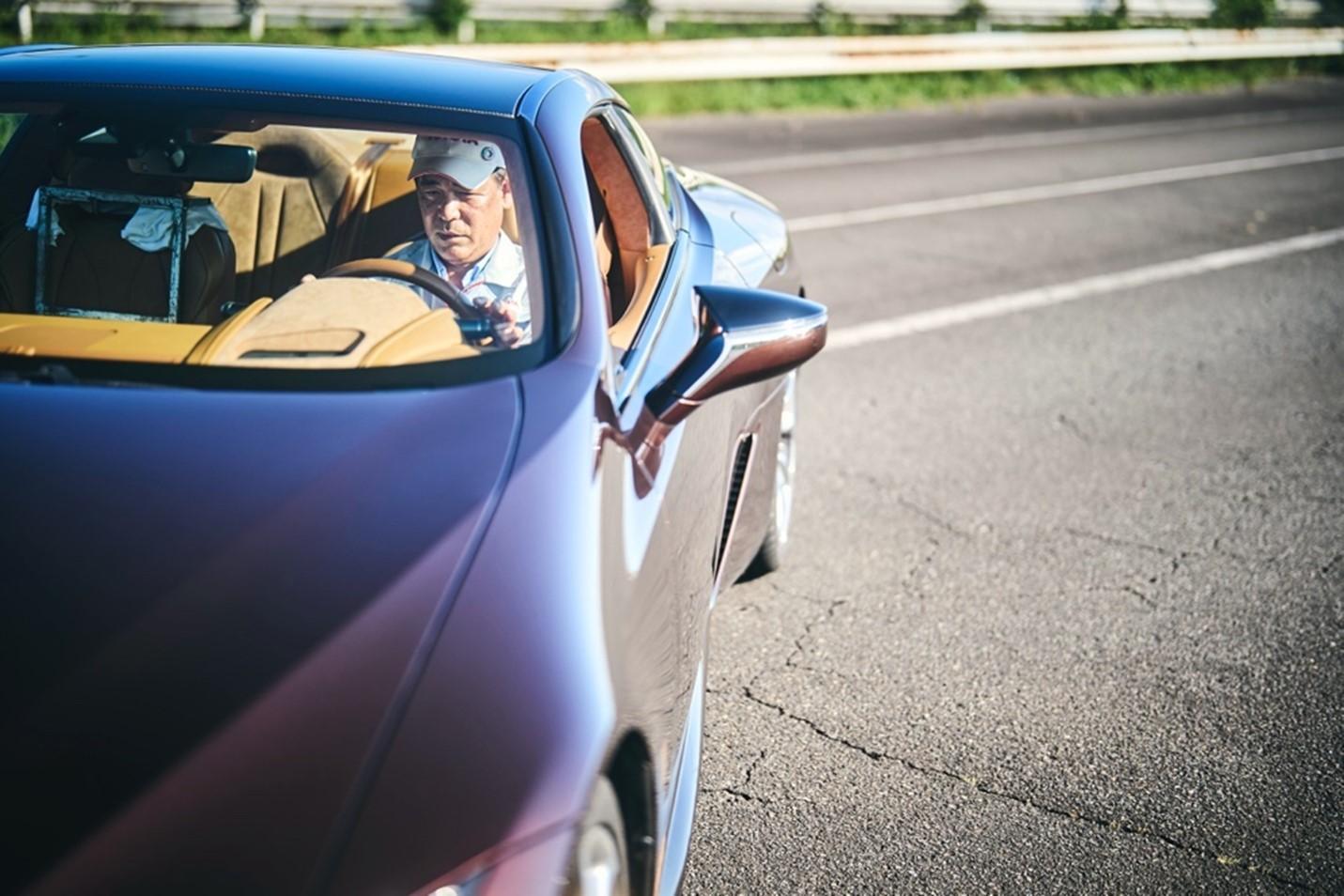
A training ground for human sensibilities
According to Tanaka, such specific tests are not typically conducted in everyday car manufacturing. However, the ability to accurately sense deceleration is crucial for test drivers.
Tanaka
Being able to precisely sense deceleration allows us to focus on other aspects during braking tests and perceive various phenomena occurring in the vehicle.
For example, braking involves factors beyond the brake operation itself, like automatic transmission shifting.
If there’s an odd sensation during braking, we can calmly determine whether it originates from the brakes or if adjustments to the drivetrain are necessary.
As mentioned in the first installment of this series, the skills required of test drivers are “doing, understanding, and telling.” In this context, veteran Tanaka emphasizes that test drivers need more than just driving skills. They must be sensitive to the various messages a car sends, accurately identify their causes, and effectively communicate this feedback to engineers.
Finally, young Shimoyama, who stepped up to the challenge, aspiring to measure up to the veteran drivers, shares his thoughts.
Shimoyama
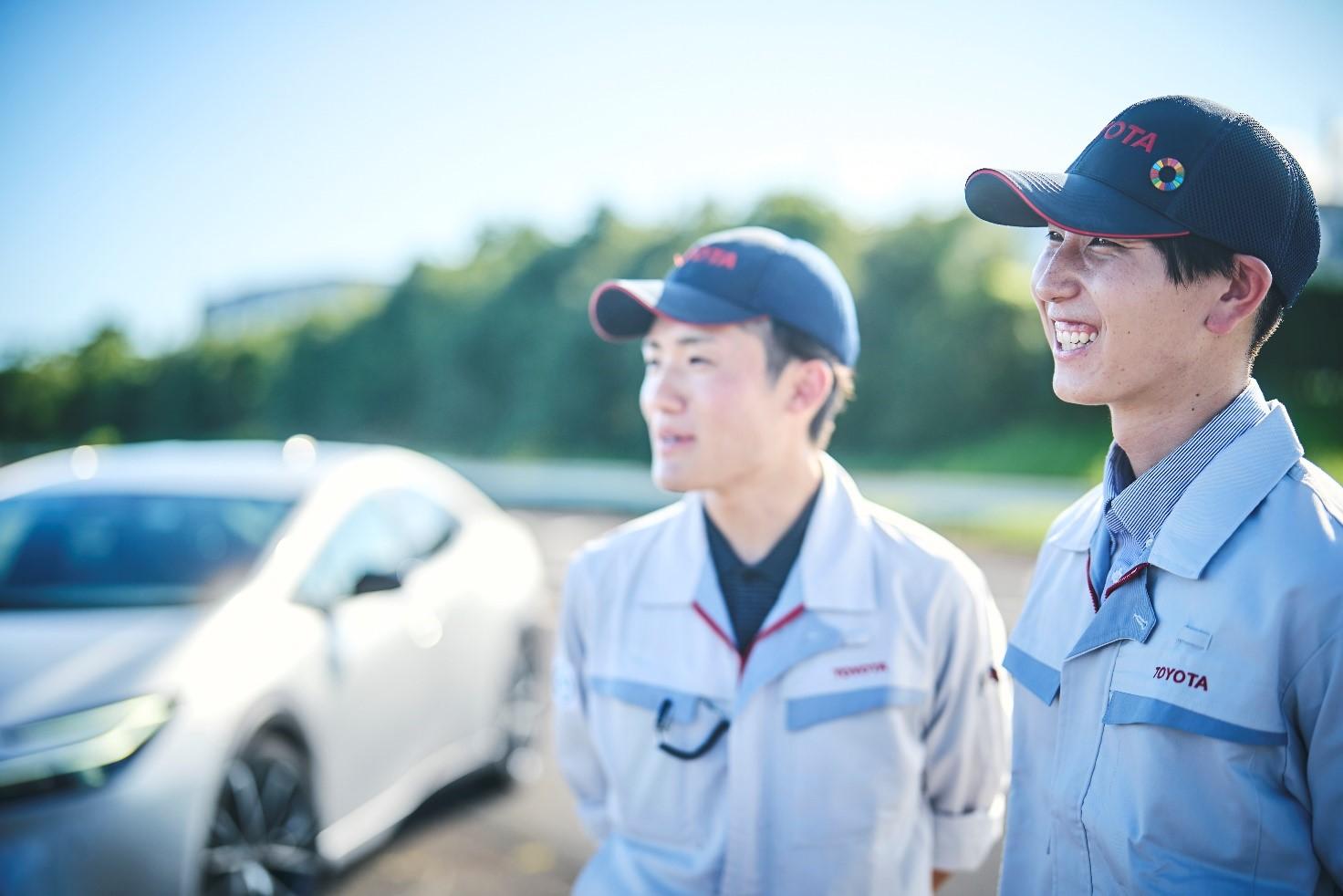
I knew I couldn’t win, but comparing the data like this really showed I was completely outmatched. It’s got me motivated to catch up with my seniors as soon as possible.
Right now, I’m mainly responsible for vehicle dynamics and stability functions. Still, I aim to acquire knowledge and skills in other areas [like powertrain drivability, braking, control, etc.] to evaluate cars as comprehensively as my superiors do.
My goal is to become a leading test driver for Toyota, helping to create cars that make our customers smile and think, “This is fun!” as they drive. That’s what I aim for every day.
The Advanced Technical Skills Institute Division, as its name implies, is dedicated to developing individuals with exceptional skills. However, it goes beyond just technical prowess; it’s also a place where human sensibilities are cultivated.
Young test drivers like them will surely emerge as key players in the near future, spearheading the creation of ever-better cars.

